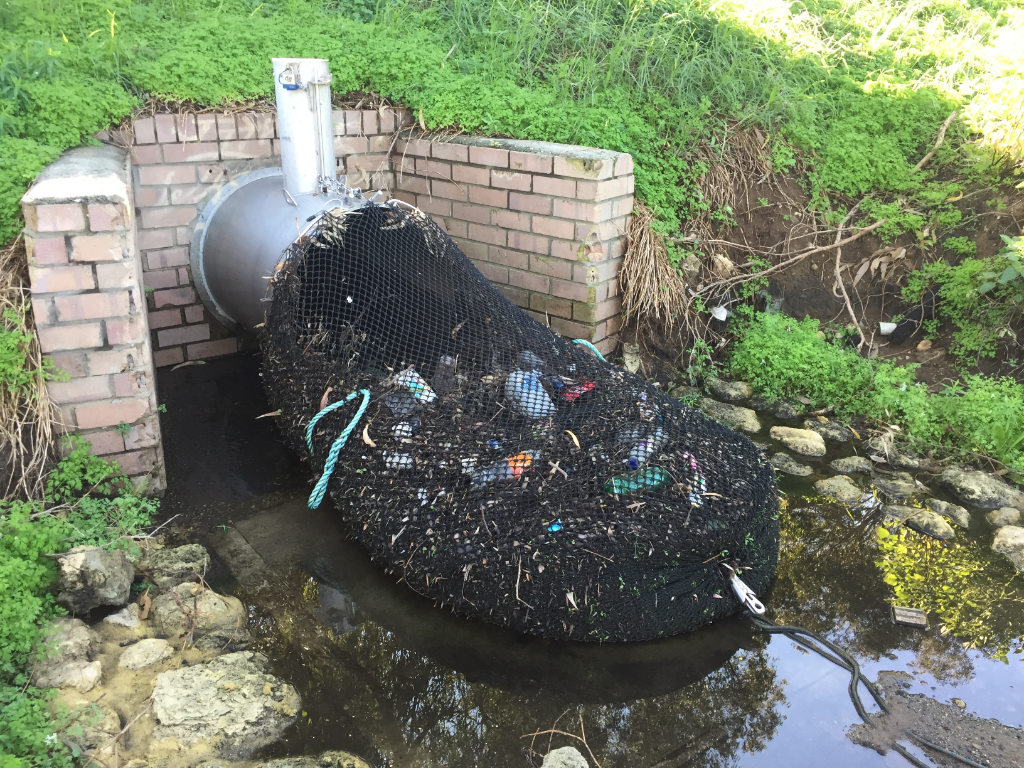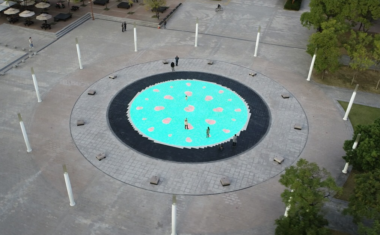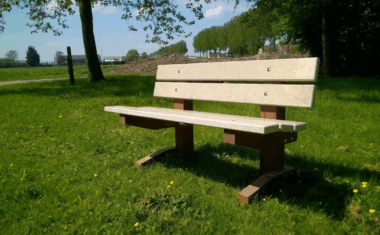Drainage Nets
- 4 min to read

About the city. The city of Kwinana is located in Western Australia. It’s population nearly 39,000 people.
Goal
The aim of the project is to reduce the discharge of waste from drainage systems, prevent the discharge of gross pollutants and solid waste to nature reserves.
Implementation period. Nets were installed in March 2018.
Fact
Litter-cleaning programs removed 179 tonnes of litter from the river Yarra (which flows in Kwinana) between 2014 and 2017.
Each square kilometre of Australian sea surface water contains around 4,000 pieces of tiny plastics, according to a study (published in journal PLOS ONE and data repository Figshare)
Solutions
In March 2018, the city of Kwinana installed two drainage nets at pipeline drainage outlets located in the Henley Nature Reserve, Leda. The city also installed three more drainage nets during the 2019/20 at the drainage outlets.
The Ecosol Net Tech (drainage sock) consists of a stainless steel sleeve extension that fits into existing or new outlets, and a removable polyethylene net. when the net full of pollutants, disengages during rainfall, effectively eliminating the risk of flooding during peak storms.
Drainage nets were installed to prevent contamination of the nature reserve by intercepting and collecting solid waste carried by the pipeline drainage system. Solid waste entering the pipeline drainage system from various residential road reservations mainly consisted of food packaging, beverage bottles, cans, organic waste, including tree leaves, and other household waste commonly found in the urban road network.
The nets can now easily be lifted and emptied by the city’s staff directly into the truck by machinery. The waste is then transported to a sorting plant that processes the waste and converts the green waste into mulch, as well as separates recyclable/non-recyclable materials.
Team
The drainage nets were designed and supplied by Urban Asset Solutions and installed by the City of Kwinana
Timeline
Between the May of 2018 to June of 2019 waste was collected and removed 11 times from both drainage nets.
During these collections, a total of 1,690 kg (1.69 tonnes) of waste was removed from the two drainage nets. The largest amount of waste collected in one net was 260 kg (750 mm drainage net) and 100 kg (450 mm drainage net).
If you notice an error or inaccuracy in our editorials, please email [email protected] so we can look into it.






